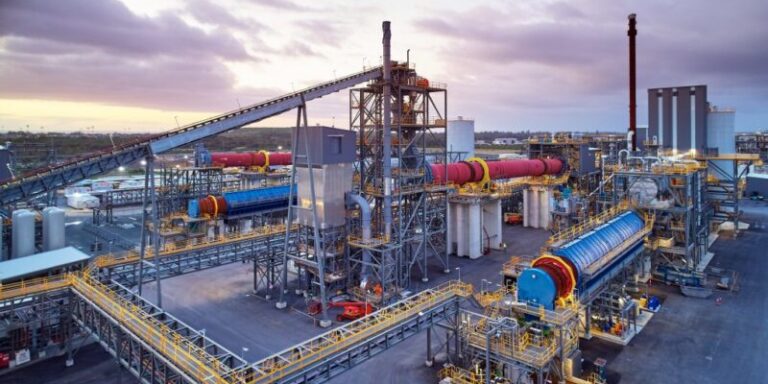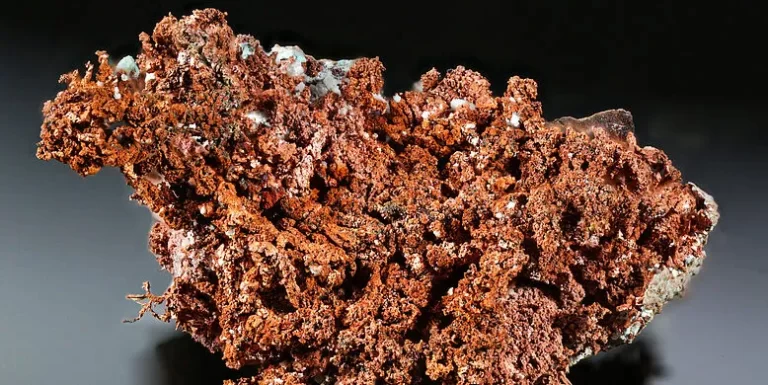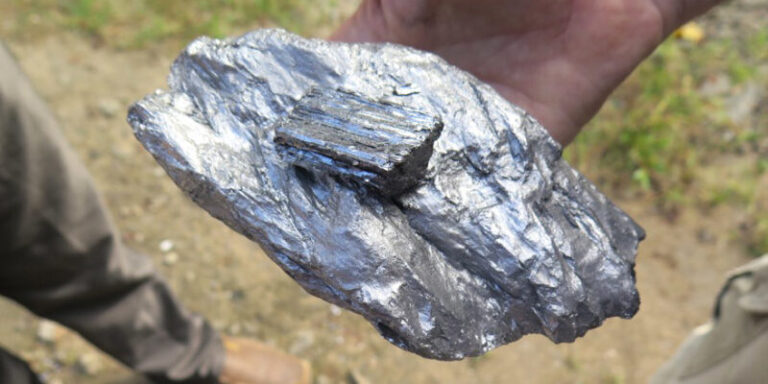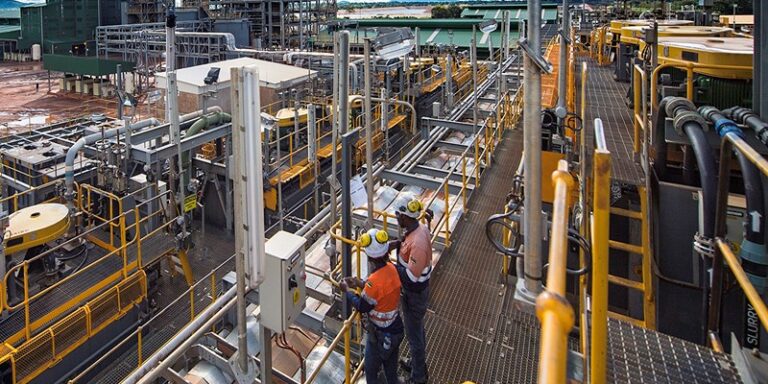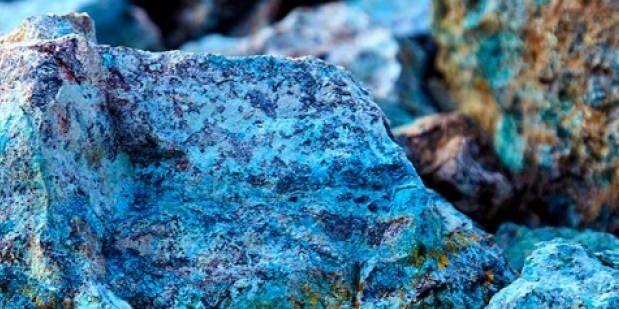
Glencore faces a challenge at its Mutanda mine in Congo as depleting cobalt ore grades prompt an expected annual reduction of up to 15% in the production of this critical battery metal, as revealed by three informed sources.
The primary issue at Mutanda revolves around diminishing oxide ore reserves at the surface. To counter this, Glencore would need to allocate resources toward retrieving and processing sulphide ores found beneath the surface, according to the sources.
The London-listed mining giant is currently engaged in a feasibility study—anticipated to conclude soon—to evaluate the required investment for this endeavor and whether it’s a viable pursuit.
While Glencore declined to offer comment, potential additional investments to access deeper sulphide ores might amplify production costs at Mutanda, especially during a period of subdued cobalt prices.
The cost of cobalt metal has decreased significantly, now hovering around $16 per pound, representing a substantial decline since June 2022 due in part to a slowdown in demand from the electric vehicle sector.
The projected lower cobalt output from Mutanda could result in Glencore revising its production forecast downward by 5,000 metric tons from 2024, sources speculate, considering that the company is expected to produce approximately 38,000 tons this year.
Glencore, which traditionally updates its guidance for investors in December, won’t host an Investor Day this year, opting instead to disclose its 2024 outlook in a routine update next year.
In a strategic move, Glencore revealed in August its action to stockpile cobalt during the first half of the year, thereby limiting supplies to the market to stabilize declining prices.
Contributing to the price dip was the resumption of cobalt and copper shipments from China’s CMOC Group Tenke Fungurume mine in July, following a one-year hiatus.
Long-term price projections remain uncertain due to the shift toward cost-effective lithium iron phosphate (LFP) batteries, a move away from nickel, cobalt, and manganese (NCM) cathodes, notably observed in China.
Analysts at Macquarie predict a surplus of 17,000 tons in the cobalt market this year within an estimated market size of approximately 210,000 tons, and a surplus of 18,600 tons in 2024.
Cobalt, primarily mined as hydroxide in the Democratic Republic of Congo (DRC) as a byproduct of copper production, plays a crucial role in extending the range and lifespan of electric vehicle batteries. It has been classified as a critical mineral by both the United States and Europe.


